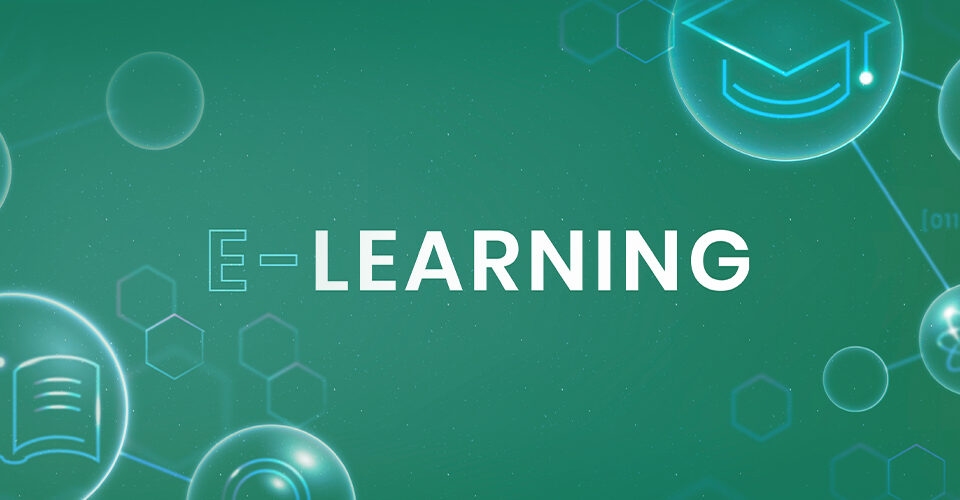
The What, Why, and How of eLearning?
May 14, 2024
Are Your Training Programs Worth the Investment?
February 6, 2024
The What, Why, and How of eLearning?
May 14, 2024
Are Your Training Programs Worth the Investment?
February 6, 2024Decoding the Art of Sales Storytelling!
I assumed I was well prepared. I have done meticulous research and polished the sales deck as perfectly as possible. This client is not just any account; it is seen as a promising partnership for long-term business, adding significance to the sales pitch I am about to deliver. Confident with my preparation, I began presenting, slide by slide, elaborating on our company’s expertise, product offerings, and strategy. Yet with every passing second, I could sense my audience becoming increasingly disconnected. They were listening, but not responding. My confidence was waning. All this in the presence of my manager.
No sooner did I receive a Teams message from my manager: “Would you mind if I took over from here, please?” I graciously passed the reins to my savior (I must say!).
Manager: “Please allow me to tell you a story!
One of the pharma companies I’m working with, very similar to yours, had recently been struggling to retain fresh hires. Before working with us, the attrition rate of their new hires had soared to 80% because of their lack of understanding about the company’s expectations, goals, and mission. It was becoming such a struggle to maintain their staff that revenue, time, and employee productivity were suffering, which meant their business. I’ll spare you the details for now, but the short story is that we helped them build a comprehensive onboarding package, resulting in a 13% reduction in the attrition rate. And that’s not all, we are heading in the right direction of reducing the attrition rate by another 10% in the upcoming quarter.
But enough about us and our customers. The purpose of that story was to give you an idea of the pain points we can resolve for you. Now, please help us understand the unique challenges you’re experiencing with respect to employee attrition.”
Customer: “Yeah, totally, that’s exactly what we’re also struggling with. In fact, we’re also suffering from a few more pain points like…”
And sao, my manager got the potential client talking, and that was the start!

I think we can all agree that it was an amazing sales pitch! Did you notice how the supervisor utilized the simple concept of storytelling to capture the audience attention, relating with a character (organization) by making them the hero of his story, yet purposefully letting go of any superfluous details involving the solution that would’ve had no value to the client at such an early stage? If we observe closely, we note that the purpose of the manager’s anecdote was to relate the story to the potential client’s pain points by articulating the attrition issue better than the potential client could’ve articulated it themselves, thus gaining their trust and triggering them to want to talk to us.
In the words of American author Seth Godin, “When we buy something, we’re really buying a story, and a salesperson's job is to tell that story.” Life is composed of linear events unfolding through time, so our brains naturally relate to cause-and-effect narratives. Thus, a compelling story can bypass our critical thinking by tapping directly into our limbic brains aka the emotional part of our minds. This psychological phenomenon is known as the “Narrative Paradigm.”
Therefore, if we examine my supervisor’s story, we see that he crafted his sales pitch within a narrative framework rather than just giving the audience a dry list of details (like I did!). He introduced a character, a conflict, and its resolution. Thus, by driving the conversation in this direction, the salesperson triggers thought-provoking ideas in the customer to create an association that sticks in their mind and causes immense contagion. In doing so, a salesperson not only secures a new customer but also achieves success in attracting more customers.
By tapping into this opportunity, organizations can significantly enhance their chances of achieving measurable returns on investment by training their salespeople to skillfully tailor the appropriate narrative for specific types of sales encounters. The chosen sales pitch would depend on the customer’s persona in relation to their pain point as per our initial story. Meaning, the narrative subject, constraints, and delivery would’ve been different if the story were intended, say, for a customer struggling with training their sales team to sell a new product line.
The most important factor that will determine the type of story would be the customer’s actual needs. Salespeople should be aware of a phenomenon called “inattentional blindness’ wherein salespeople are so focused on highlighting what they think is important that they fail to consider what will appeal to the customers. From an organizational standpoint, while selling a tangible product during one-time sales encounters, the salesperson should focus more on product stories (told from a business perspective) and less on individual/personal stories told to establish a relationship rapport. However, if the products are less tangible and/or customer services, then along with product stories it becomes important to share individual stories as the attitude towards the salesperson also becomes critical in such situations.
The traditional approach to product training for salespeople focuses on explaining the product features and getting the salesperson to understand everything in one go. By incorporating the power of storytelling, we transform this traditional approach by leveraging insights from social psychology, neuroscience, and behavioral economics to uncover powerful methods of influencing others. This approach aids the salesperson in understanding what a customer is thinking, thus helping the salesperson tailor the pitch more effectively to the customer’s specific needs and desires.
Organizations can leverage learning consultants to enable their salespeople to conquer this challenge by developing need-based and engaging learning content tailored to their sales teams. Given the appropriate inputs, learning consultants can identify learning objectives that align with sales strategies and develop authentic and compelling learning resources that equip the salesperson to select the optimum story for a specific type of sales interaction. Learning Consultants can utilize engaging multimedia to make the learning dynamic and encourage active participation, in addition to providing structured learning paths and continuous learning opportunities that empower salespeople to take on new challenges.
We iterate, exciting learning journeys are crucial because if you fail to excite your salespeople about the product they’re selling, how can they ignite the same passion with potential customers?
Nayana V Kumar is an Associate Instructional Designer with 2+ years of experience, dedicated to creating impactful learning solutions that drive employee growth and organizational success. A knowledge enthusiast, she brings passion and expertise to developing learning frameworks, significantly contributing to Ozemio’s initiatives with her spark for excellence.




